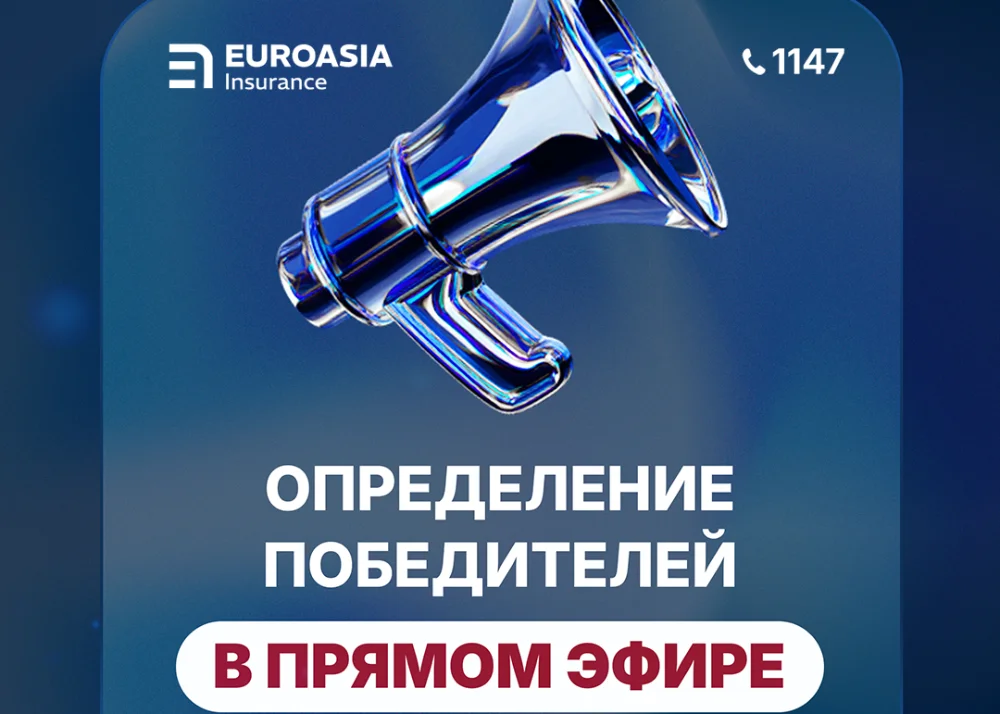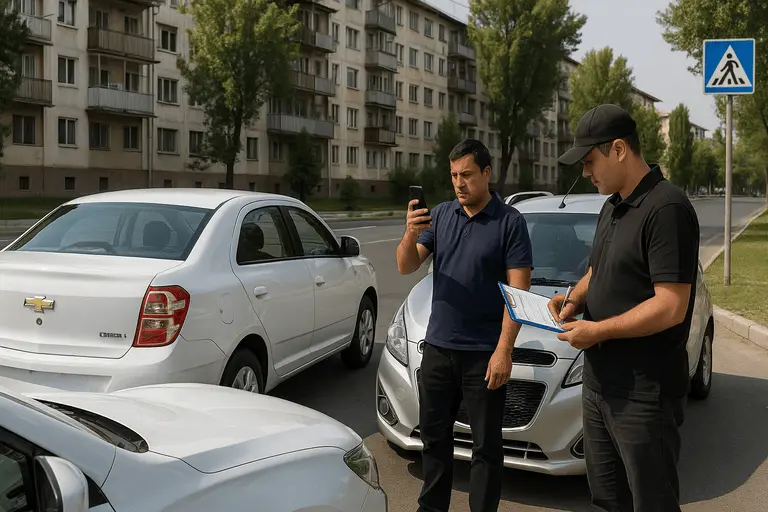
Second Winner of EUROASIA Insurance Winter Giveaway Announced!
Second winner of EUROASIA Insurance winter giveaway revealed! Jump Starter and EuroKASKO Rear Part module awarded. Next draw on December 15 at 1:00 PM!

In the event of a traffic accident, drivers are often faced with a choice: to complete the accident report themselves using the Europrotocol or to call the traffic police for standard documentation. Each option has its advantages and disadvantages, and the right choice can significantly impact the speed of receiving insurance compensation and the amount paid out.
The main advantage of the Europrotocol is time savings. Completing an accident report independently usually takes 15–20 minutes, after which the participants can leave the scene. This is especially important in heavy city traffic, where every minute of delay can cause significant congestion.
With standard processing, the wait time for traffic officers can range from 30 minutes to several hours, depending on service workload and the complexity of the situation. Additional time is needed to draft the protocol, question witnesses, and complete all necessary documentation.
However, standard processing guarantees completeness and accuracy in documentation. Traffic officers are experienced in handling various types of accidents and understand all the legal nuances. They can identify hidden damage, correctly qualify violations, and ensure an objective recording of the circumstances.
Statistics show that around 15% of drivers make errors when using the Europrotocol, which later delays insurance payouts. With standard processing, such mistakes are virtually eliminated due to professional oversight.
One of the key differences between the Europrotocol and standard processing lies in the maximum compensation limit. The Europrotocol has a limited payout cap, which may not cover the full cost of repairs in case of serious damage.
With standard police involvement, the compensation amount is determined by the actual damage within the insurance coverage limits of the OSAGO policy. This means the injured party may receive full reimbursement for vehicle repairs, regardless of the initial damage assessment.
This factor is especially important in accidents involving expensive vehicles or damage to complex technical systems. Modern cars are equipped with numerous electronic components, sensors, and safety systems, the repair of which can be very costly.
Real example: what appeared to be a minor collision at first actually damaged the emergency braking sensor. The drivers used the Europrotocol, assuming the damage was minimal. However, the cost of replacing and calibrating the sensor exceeded the Europrotocol’s compensation limit by two times, and the affected driver could not receive full reimbursement.
The Europrotocol can only be used in simple accident cases when all necessary conditions are met. In more complex situations, standard processing is the only legal method of documentation.
Such cases include accidents involving more than two vehicles, incidents with injured persons, or damage to road infrastructure. Standard processing is also mandatory when there is suspicion of alcohol consumption by any party or if any driver lacks a valid OSAGO policy.
Standard documentation is also required in disputed situations where the parties cannot agree on the circumstances of the accident or determine fault. Traffic officers will conduct an objective investigation, question witnesses, study road traces, and make a reasoned decision.
During standard processing, a detailed accident scene inspection report is also prepared, which can serve as critical evidence in court. The Europrotocol does not carry the same legal weight and can be challenged in court.
The process of submitting documents for the Europrotocol and standard reporting differs significantly. Under the Europrotocol, the victim must independently submit a completed accident notice and a document package to the at-fault party’s insurance company.
With standard processing, the main documents (accident certificate, protocol) are issued by the traffic officers, eliminating errors in documentation. Additionally, information about the accident is automatically sent to insurance companies, which speeds up the application review process.
However, standard processing requires additional visits to the traffic department to collect certificates and other documents. With the Europrotocol, all required paperwork is completed on-site.
Criteria | Europrotocol | Standard Processing |
|---|---|---|
Processing Time | 15–20 minutes | 1–3 hours |
Maximum Compensation | Limited cap | Full insurance coverage |
Number of Vehicles | No more than 2 | No limit |
Presence of Injuries | Only property damage | Any consequences |
Risk of Errors | High | Minimal |
Legal Validity | Limited | Full |
Mutual Agreement Required | Mandatory | Not required |
The Europrotocol is optimal for simple accidents with minor damage, where both parties fully agree on the circumstances. It’s ideal for minor parking lot collisions, lane-change scrapes, and minor accidents on secondary roads.
Standard processing should be chosen when there is any doubt about the extent of damage, in disputed situations, with expensive vehicles, or when complex systems are damaged. It is also mandatory if legal proceedings are anticipated or if fraud is suspected.
When choosing the method of documentation, it’s important to consider not only the current situation but also possible consequences. It’s better to spend extra time on standard processing than to face issues with insurance compensation later.
Always keep Europrotocol forms in your car, even if you plan to use standard processing. In some cases, the Europrotocol may be the only way to quickly clear the road and avoid major traffic jams.
Familiarize yourself in advance with the Europrotocol rules and conditions. In the stress of a post-accident situation, it’s difficult to make informed decisions, so knowing the procedure ahead of time is critical.
If in doubt, consult your insurance company. Many insurers offer 24/7 phone support and can provide guidance on how to handle your specific accident.
Detailed information about the Europrotocol, including current compensation limits and usage rules, can be found on the dedicated Europrotocol page. There you’ll also find sample forms and practical advice for various situations.

Second winner of EUROASIA Insurance winter giveaway revealed! Jump Starter and EuroKASKO Rear Part module awarded. Next draw on December 15 at 1:00 PM!

From 2026, travel insurance for Georgia becomes mandatory: without a policy you risk a 300 GEL fine (~1.3M UZS). Learn how to buy an affordable policy online

Euroasia Insurance hosts a 10-day master class on underwriting led by an international expert from England. Learn about implementing global best practices in risk assessment and insurance claims management in Uzbekistan.